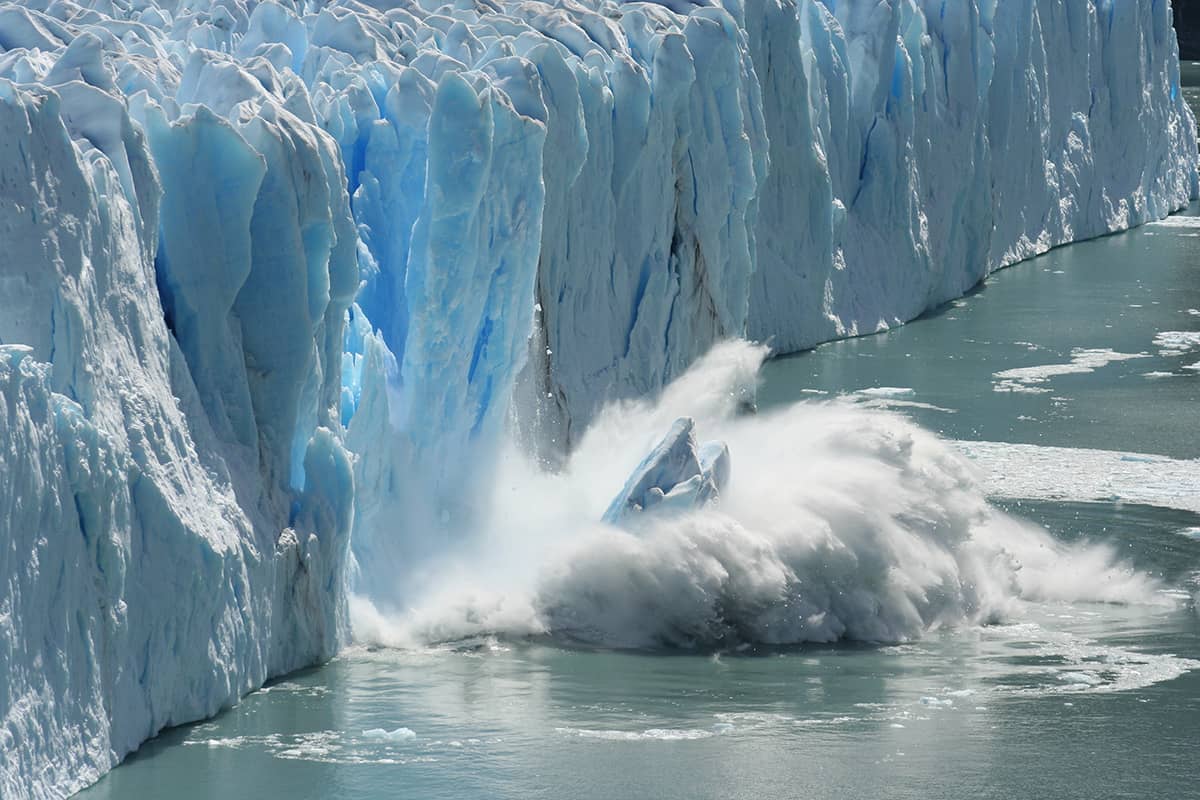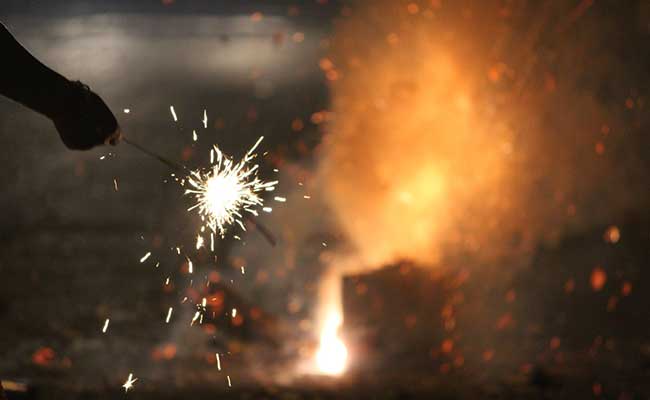Glaciers, majestic icy giants that have shaped our planet’s landscapes for millennia, are now facing an unprecedented crisis. The phenomenon of melting glaciers, driven primarily by global warming, has become a symbol of the ongoing climate crisis. In this blog post, we will explore the causes and consequences of glacier melting and shed light on the urgent actions needed to address this alarming issue.
Understanding Glacier Melting:
Glaciers are large bodies of ice formed from compacted snow that accumulates over long periods in regions where snowfall exceeds melting. They act as natural reservoirs of freshwater, storing about 69% of the world’s freshwater resources. However, rising global temperatures caused by human activities, particularly the emission of greenhouse gases, have accelerated the melting of glaciers worldwide.
Causes of Glacier Melting:
Climate Change: The primary driver of glacier melting is climate change. Increasing concentrations of greenhouse gases in the atmosphere lead to a rise in global temperatures, resulting in the retreat of glaciers. Warmer temperatures cause glaciers to lose more mass through melting than they gain from snowfall, leading to a net loss of ice.
Albedo Effect: Glaciers have high albedo, meaning they reflect a significant portion of sunlight back into space. As glaciers shrink, they expose darker surfaces beneath, such as rock and vegetation, which absorb more sunlight, further enhancing the melting process.
Consequences of Glacier Melting:
Rising Sea Levels: As glaciers melt, they contribute to the rising sea levels, which pose a significant threat to coastal communities and low-lying regions. The increased volume of water entering the oceans jeopardizes ecosystems, displaces populations, and damages infrastructure.
Water Scarcity: Glaciers act as natural water reservoirs, supplying freshwater to rivers, lakes, and groundwater sources. The loss of glaciers reduces the availability of freshwater resources, impacting millions of people who rely on them for drinking water, agriculture, and industrial purposes.
Ecosystem Disruption: Glaciers support unique ecosystems with specialized flora and fauna. The melting of glaciers disrupts these ecosystems, leading to habitat loss and the potential extinction of species adapted to cold environments.
Changing Weather Patterns: Glaciers play a crucial role in regulating regional climates. As they disappear, there can be alterations in precipitation patterns, affecting agriculture, hydroelectric power generation, and overall climate stability.
Loss of Cultural Heritage: Glaciers hold immense cultural and historical significance for many communities around the world. The melting of glaciers erodes traditional practices, indigenous knowledge, and sacred sites, leading to the loss of cultural heritage.




